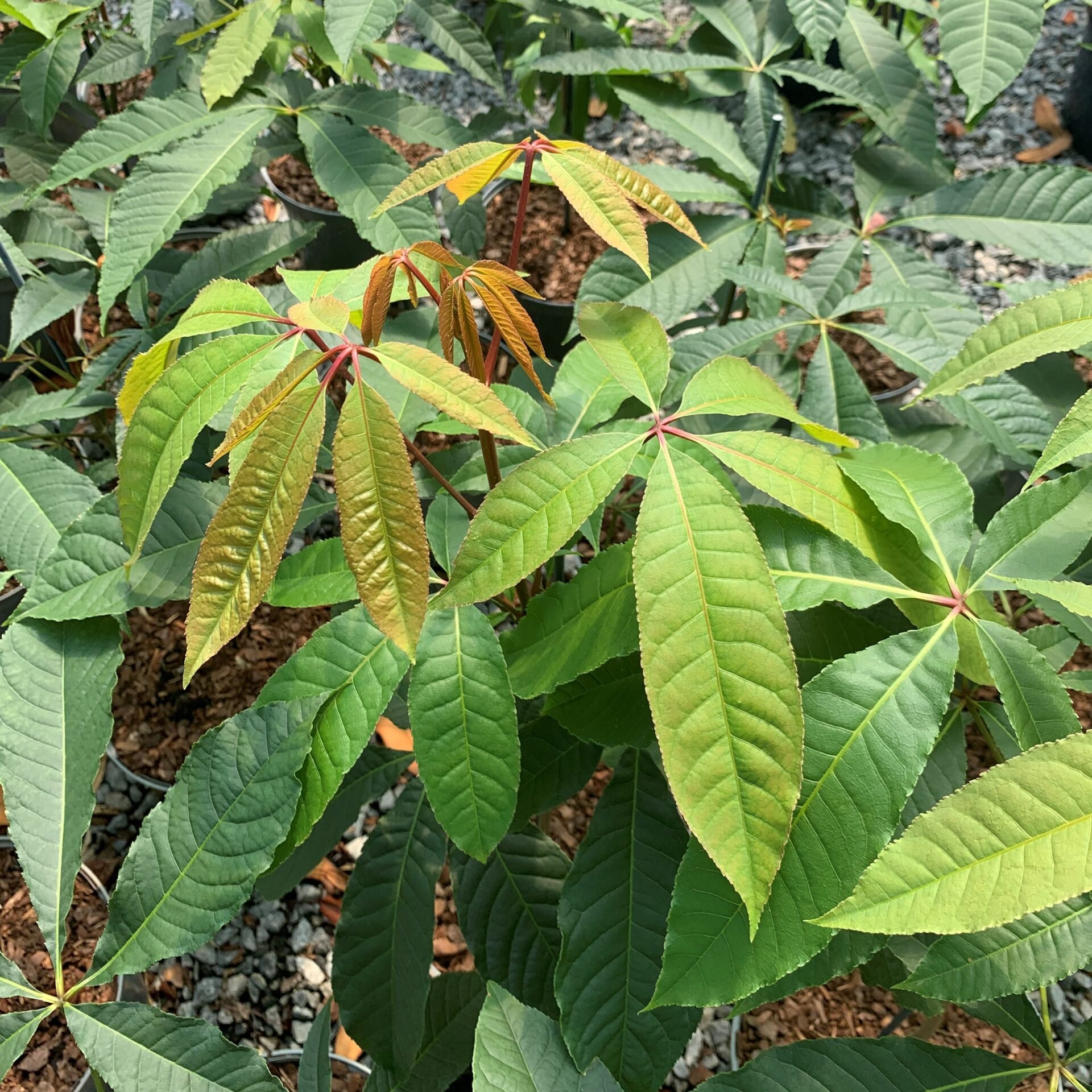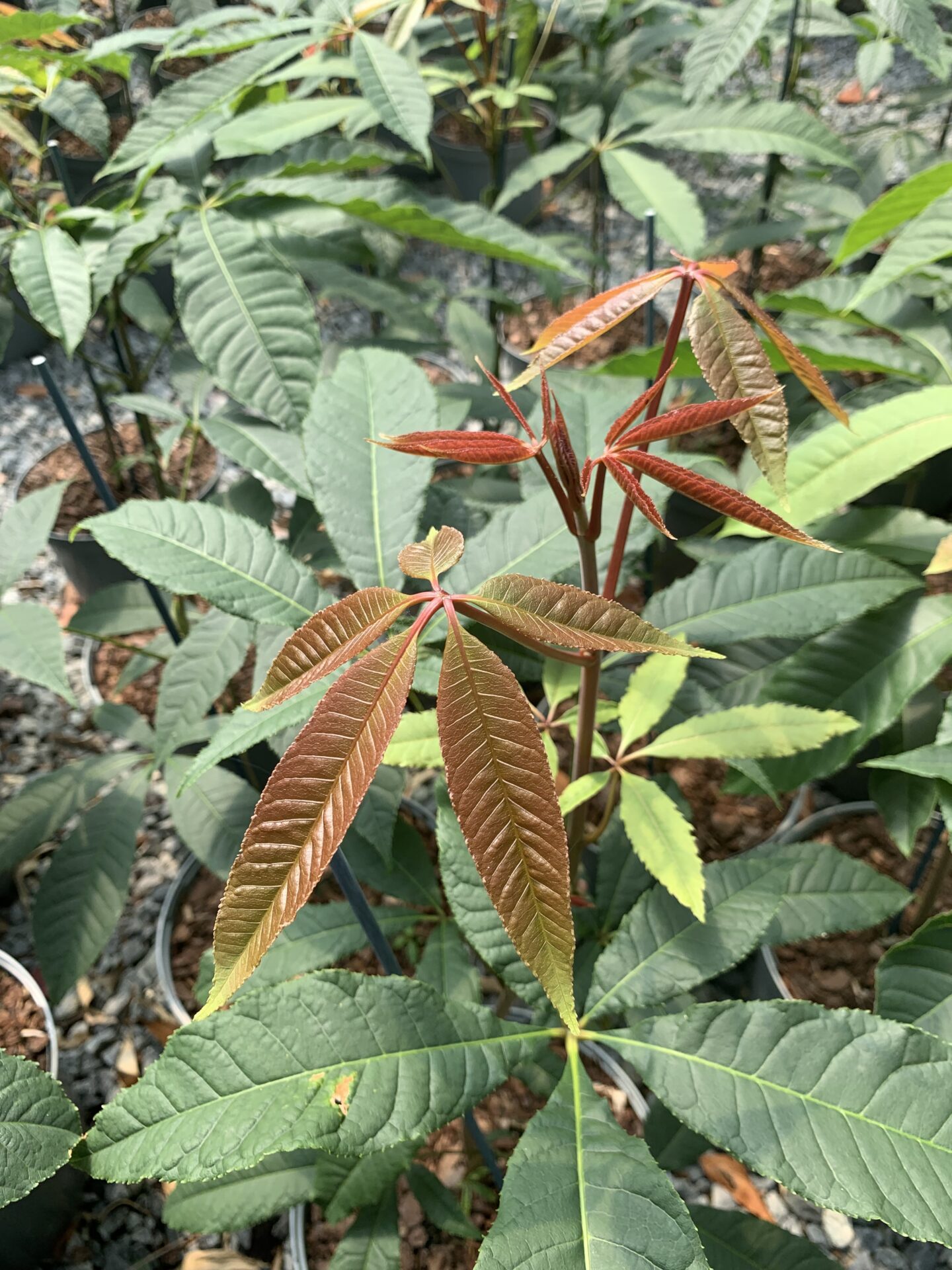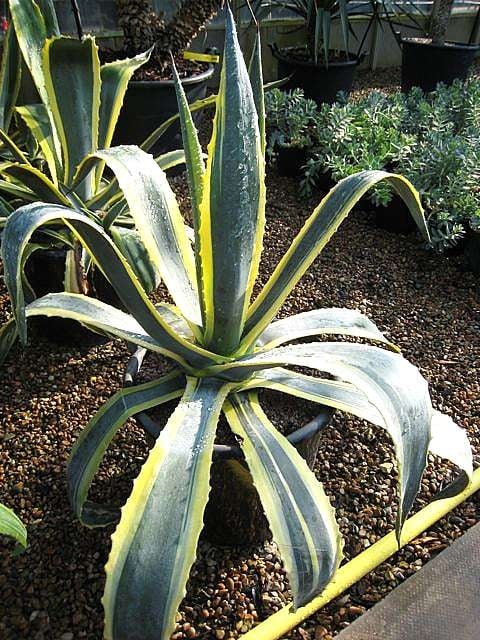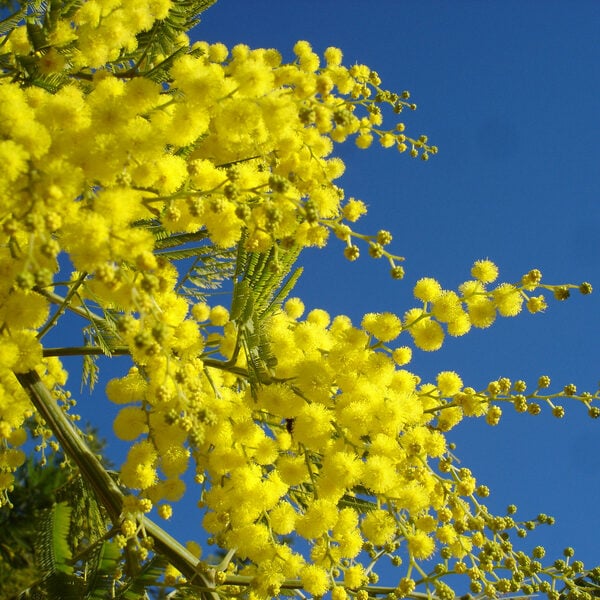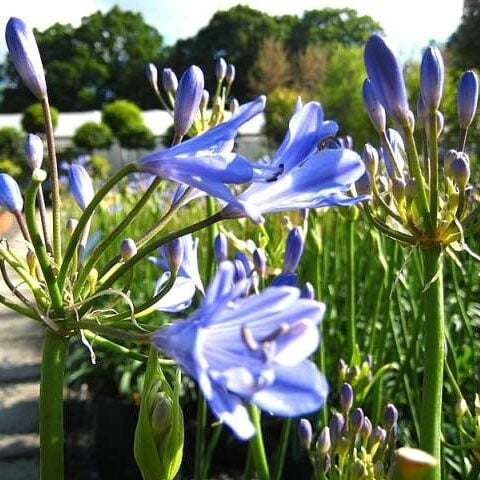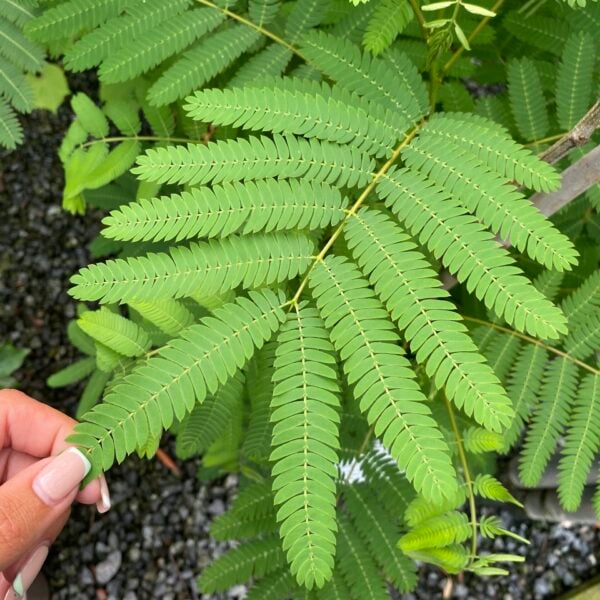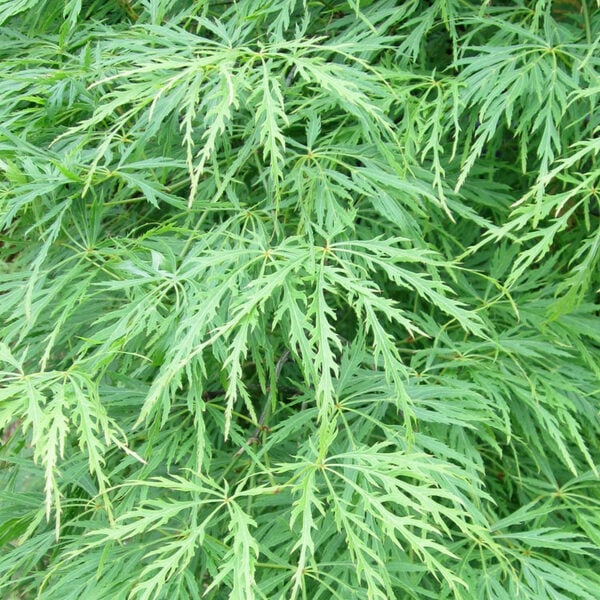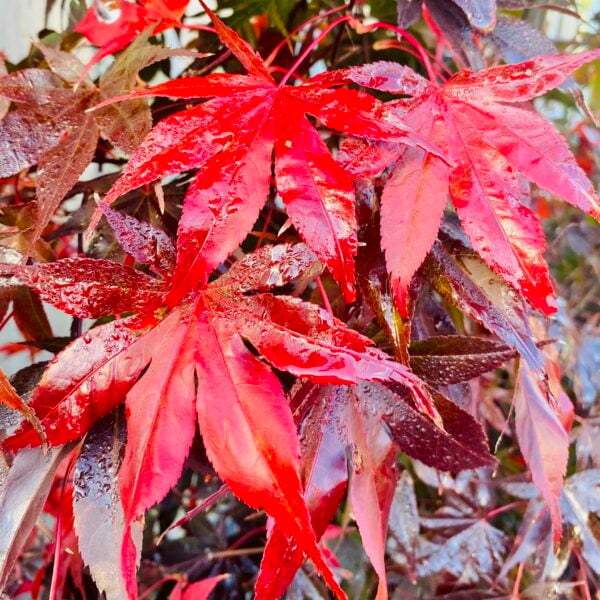Aesculus chinensis (Chinese Horse Chestnut or Chinese Buckeye)
Often found near temples in North China, this is a hardy deciduous tree. It is slow-growing but ultimately could reach 15m in height and 8m across. The spires of white flowers are held above the foliage in late spring or early summer followed by rough nuts. Please contact us for stock availability and sizes.

Hardiness level Green
A multi-layered but open-branched tree with a rounded form that is thickly roofed with big shiny and handsome foliage. Slow growing and gracefully-spreading to around 15 metres high and with a 10 metre wingspan.
Think ‘Chestnut’ (because it is) but with an even more enhanced whirl to their palmate leaves. These are more pointed and starfish-shaped than our native Chestnuts but just as deciduous, and the young emergent ones have a similar drooping, shuttlecock-esque quality.
To my minds eye these lushly-recumbent fronds look just like the graceful forms of deep-sea feather stars pulsing cheerfully in the gloom. Bit fanciful perhaps but after a long winter when you finally see these bronze and garnet harbingers of spring erupt they can really take you away. The new leaves rapidly become a deep and shiny green and retain a smidge of a downward-drape which creates a lovely softness and movement to this tree. Pretty spires (botanists will insist on ‘racemes’ which is an unlovely word, and I’m still in a fanciful mood) of white and yellow flowers will lunge upward out of the developing canopy in May and June and these are very nice indeed. These are followed by what can only be described as rough nuts and you mustn’t eat them.
Found growing close to temples in China where their grace and architecture melds well with a contemplative, serene sort of a setting. Have also seen these in Laos, boating dreamily below sheer cliffs where they cling death-defying and again give the impression of wafty, ethereal sea creatures. Really lovely.
Pretty damned hardy by all accounts throughout most of these isles, but like many non-natives it will do better away from very exposed sites especially if you’re further north. Definitely likes to bask in the sun and seems to relish a hot corner as long as the soil (any will do) is moist. Not for shade or dry sites.
N.B. When clipping several plants with the same tool, have a bucket containing a 5% bleach solution and swish your blades around for 30 seconds between plants to sterilise them. This will help avoid the chance of cross contamination of disease.
As with all woody plants, plant high, exposing as much of the taper at the base of the trunk as possible. Allowing soil to accumulate round the base of a tree can be fatal. Keep very well watered when first planted.
Additional Information |
|
|---|---|
| Hardiness | |
| Continent of Origin | |
| Features | |
| Light | |
| Plant Type | |
| Flower Colour | |
| Soil Type | |
| Tree Size | |
| Situation | |





